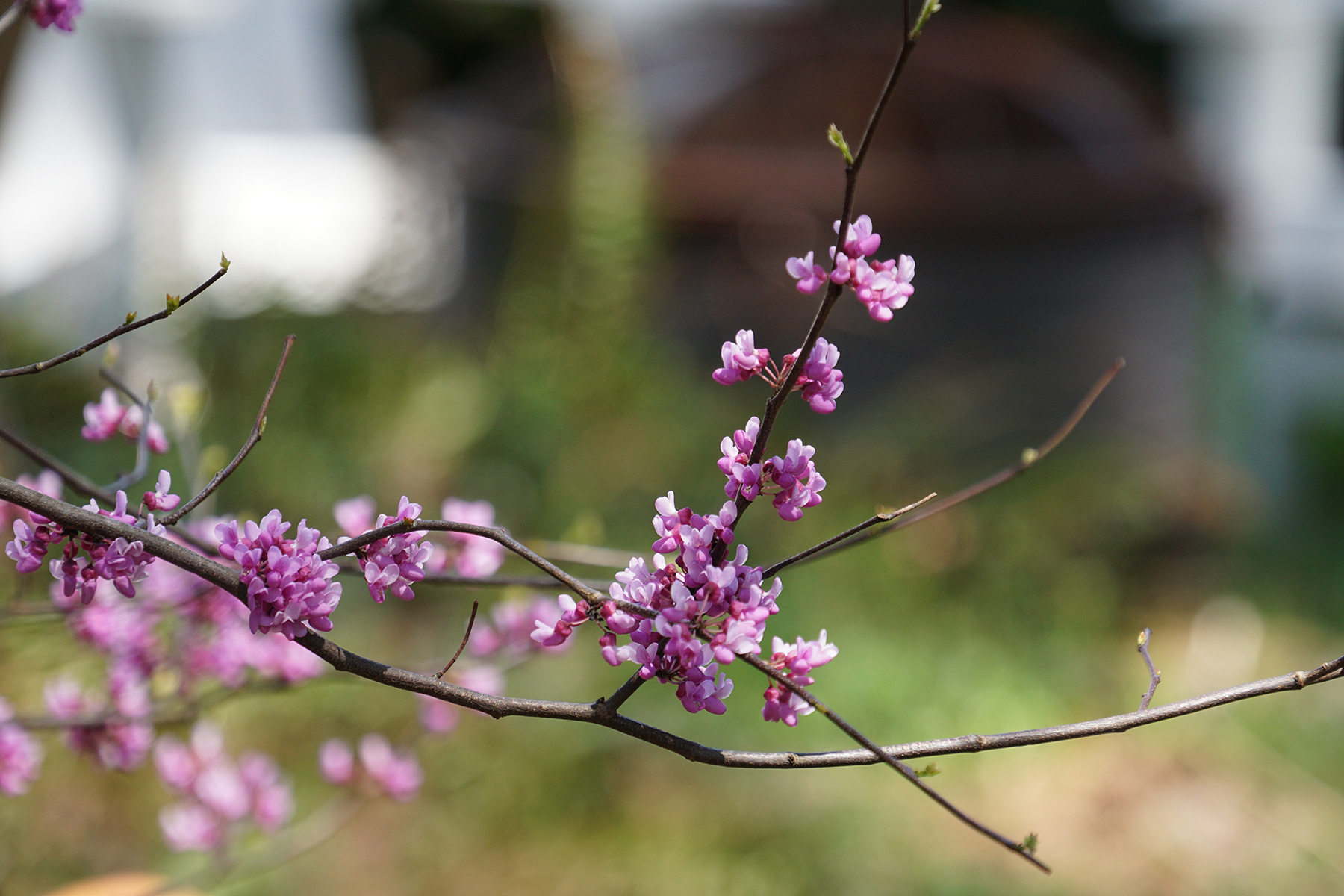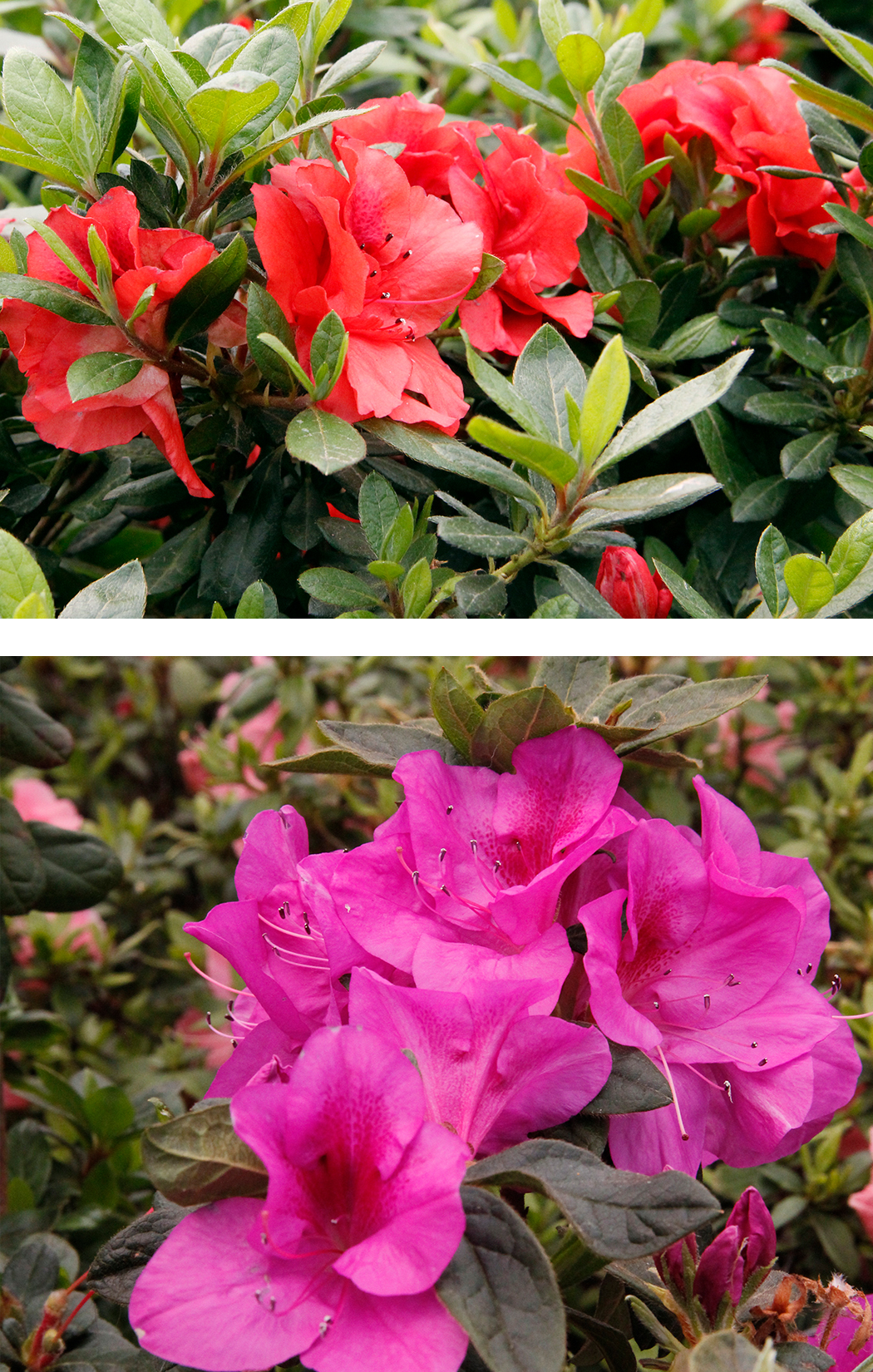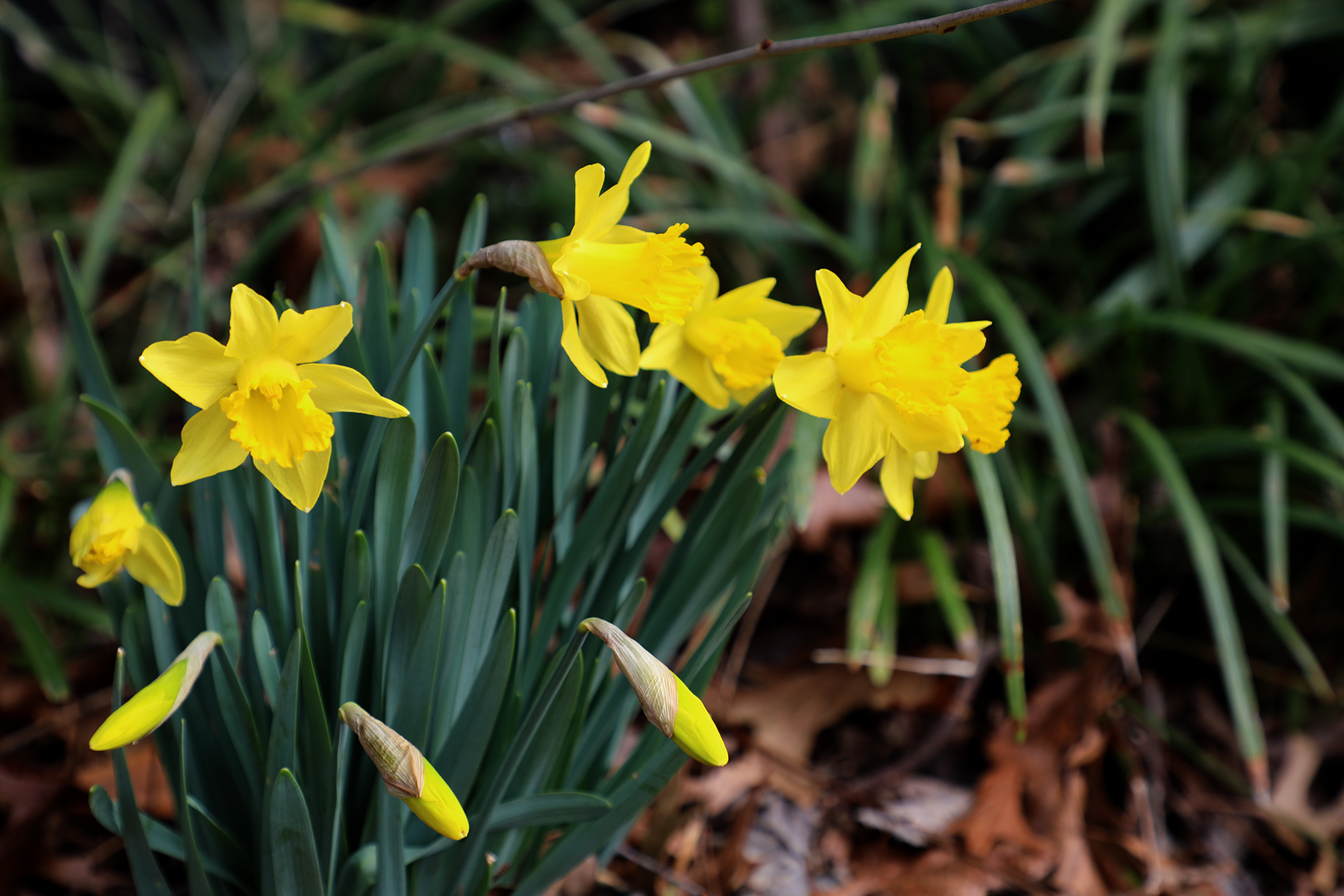Onions and garlic are easy to grow,
overwinter in our mild climate,
and are powerhouses of nutrition and healing.
This time of year is a really good time to plant lots of perennial plants, everything from trees to shrubs to flowers and vegetable plants. Planting in this cooler season gives your plants weeks of root growing before the warming temperatures bring on the riot of growth that is Spring. So cool-season planting is the start of your 2019 garden!
Let’s start that planting with onions and garlic! These plants are easy to grow, overwinter in our mild climate, and are powerhouses of nutrition and healing. There are several types and varieties to choose from, as well.
Garlic is a member of the Allium family, as are all onions. While there are several types of garlic, most of what is grown in the Southern Piedmont is called soft neck garlic. This refers to the lack of a central flower scape coming from the bulb. That scape makes the neck “hard”. If you cook with garlic, you know it forms a bulb of several individual cloves. These cloves are separated for use in cooking, and you separate them for planting as well. Plant them unpeeled, root end down. Plant them about 1” deep, and about 6-8” apart. Rows should be at least 12” apart, but I usually make my rows 18”-24” to make it easier to cultivate and weed. Needing loamy, well-drained soils, raised beds or raised rows with lots of compost are a great place to plant garlic. Fall planted garlic gets a light mulch to protect it from the wide variations in temperature that we often experience in winter. Normally I use leaves, but wheat straw is OK, too. Before you ask, pine needles will work, but I personally don’t like using them. (That’s another subject I’ll cover some other time.) let them grow on through the winter, with harvest next Spring. Elephant garlic is a different type, with a bigger, milder tasting clove. Plant it a little farther apart (9-10”) and stay with the 18-24” row spacing.
There are a few types of perennial/multiplier onions that are hardy old varieties that your parents and grandparents may have planted. Potato onions, walking onions, bunching onions, and shallots all multiply from a single set, or bulb. You’ll need to separate the individual onion bulbs in order to plant them. Like all the Alliums, they thrive in raised beds/rows with lots of compost. Plant the individual bulbs in mid-late Fall, spacing them 10-12” apart. If you are planting in long rows, give yourself plenty of room to weed and cultivate. Depending on the method of cultivation, I’d stick with 18-24” between rows. Bunching onions are grown from seed, and are great mild onions to use in salads and raw recipes.
Most of you will be more familiar with onion sets, or small onion plants that have been grown out and harvested for later planting. Usually available in red, white, or yellow varieties, they can be planted in both Fall and Spring. I’d recommend doing both to give yourself a longer harvest. Plant your sets in those compost-rich beds or rows on much tighter spacing, even 3-4” apart. As they grow, you can pull every other one and use it in your cooking. Run your rows 18-24” for ease of cultivation. I usually give these onions a bit of slow-release fertilizer as they are starting to grow again in the Spring. They seem to need a little more water during the growing season, too.
Plants and seeds are available for onions, too. I prefer to plant those in the Spring. They seem to do better if you avoid the cold temps. Growing and Spacing for most of them is the same as the other onions, but seeded onions can be planted closely, and the thinnings used in salads.
I mentioned early on that onions are very nutritious. While some amazing claims are made, some basic facts are onions are high in Vitamin C and antioxidants, low in calories, and high in fiber. That pungent flavor works with lots of other foods, from veggies to red meats. They are used in all kinds of cultures, and can be adapted for almost any dish. For cooks on a budget, a little onion can go a long way.
Even if you don’t want to plant anything else this year, you can still get started on next spring’s plantings with some onions and garlic. Give some of them a try!
Jeff Rieves reminds you to enjoy your garden, because THAT’S what makes you a Successful Gardener!!












